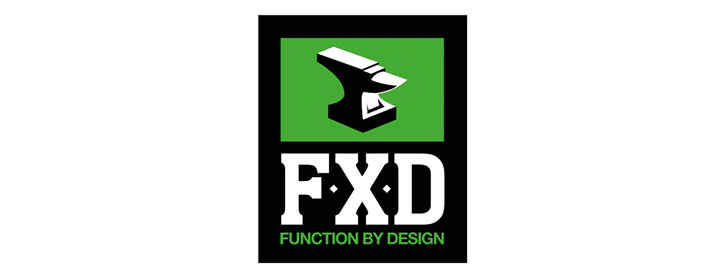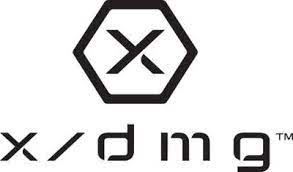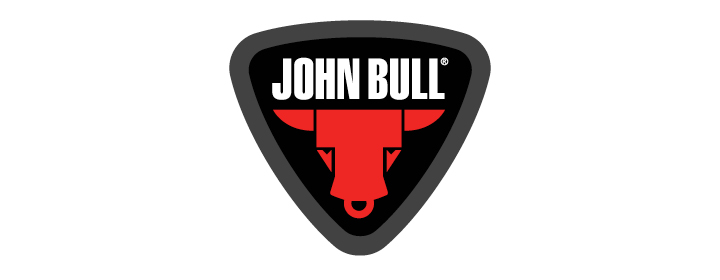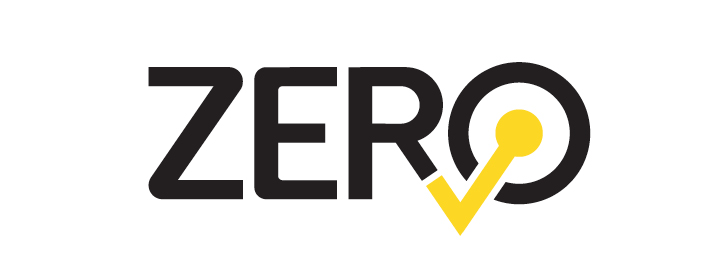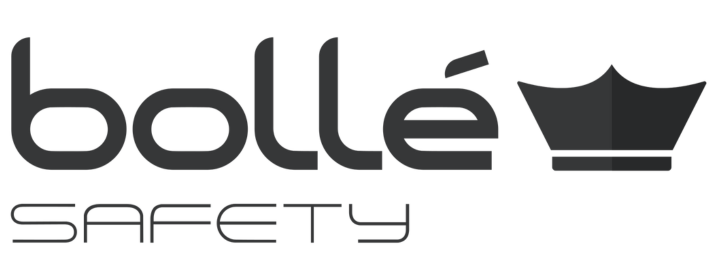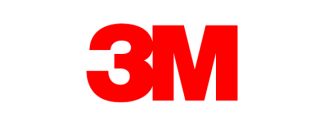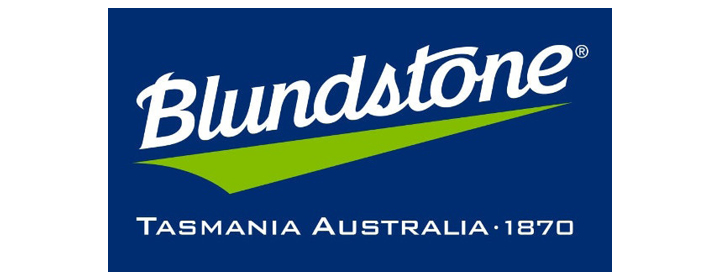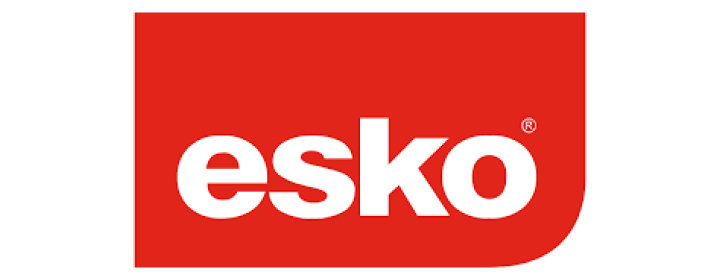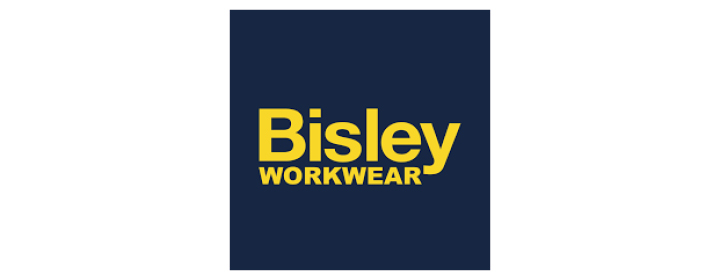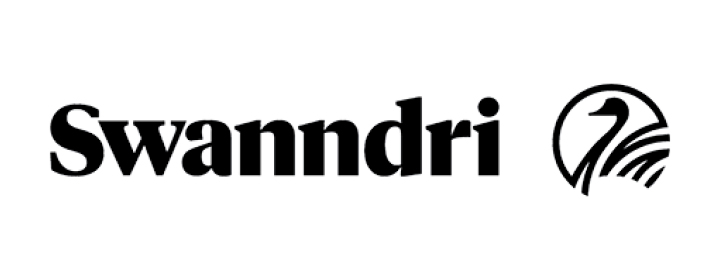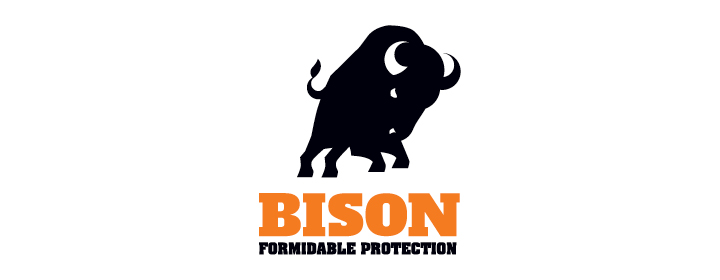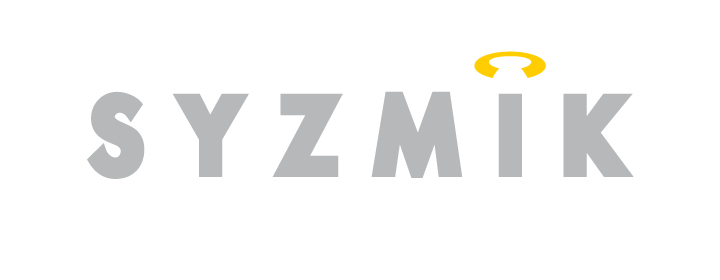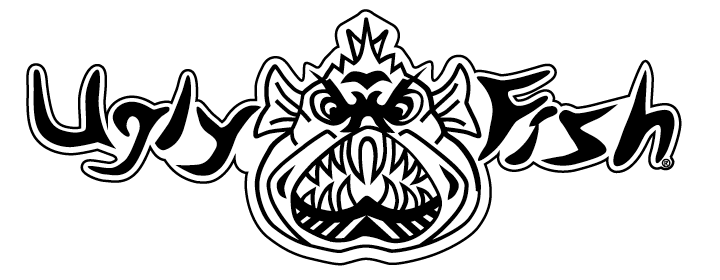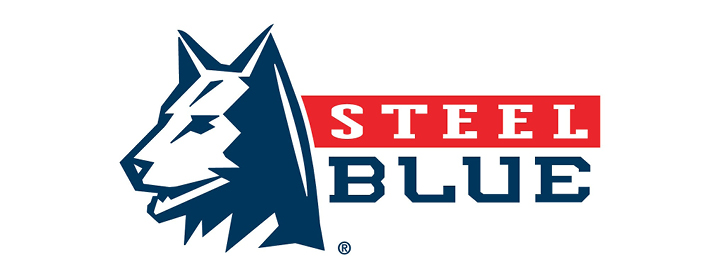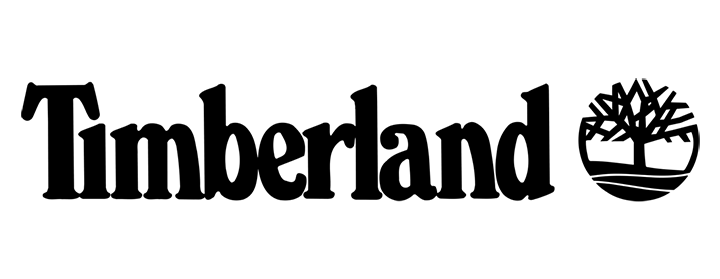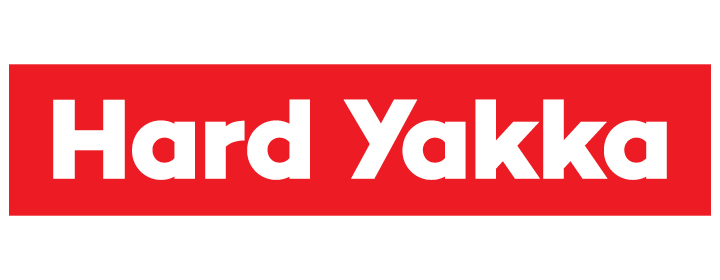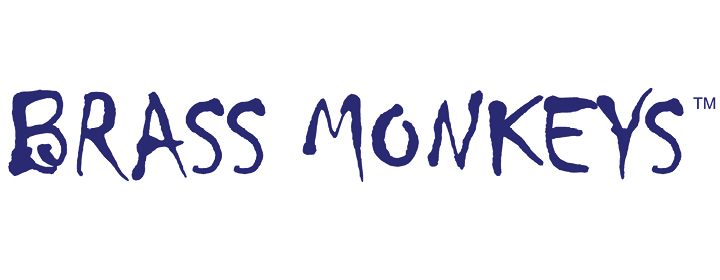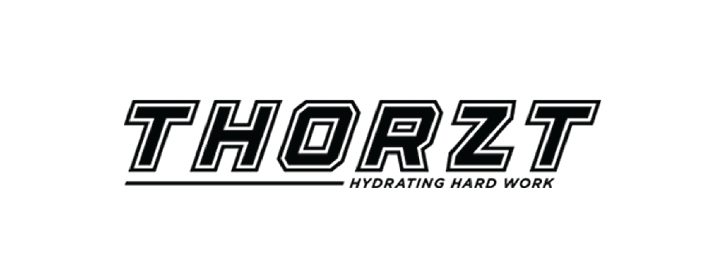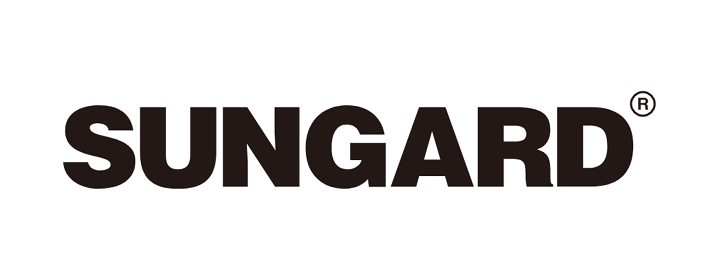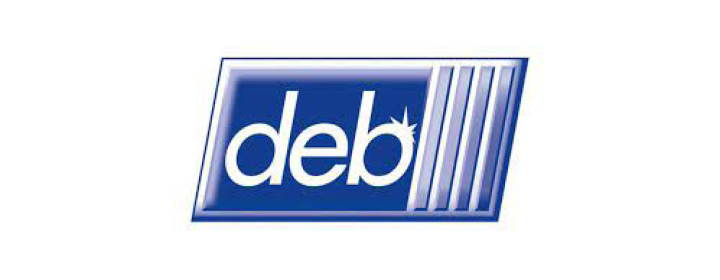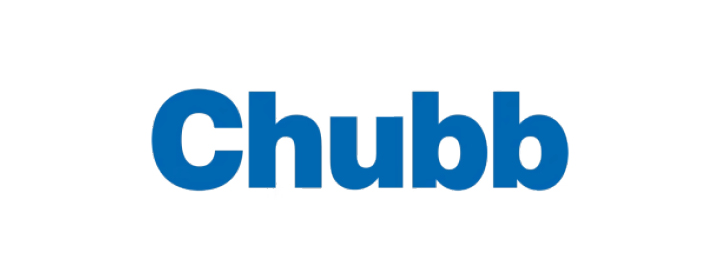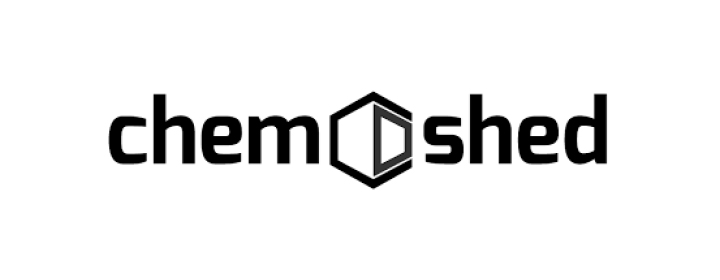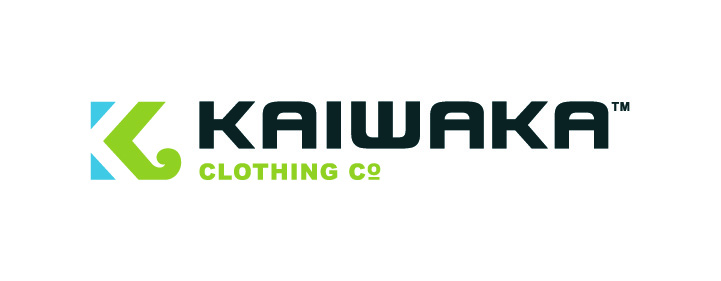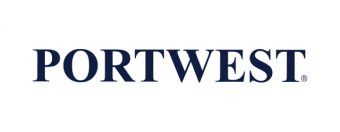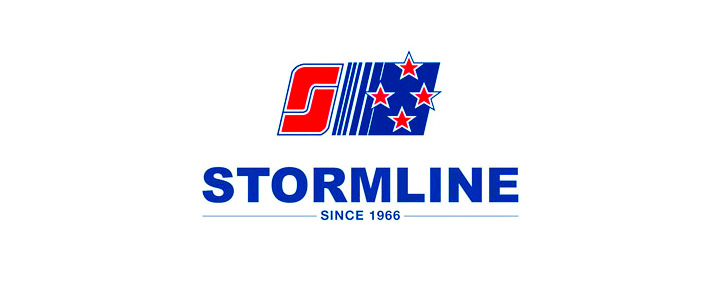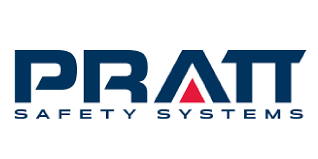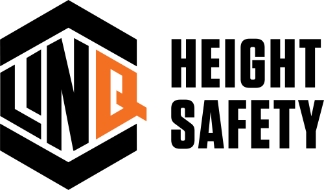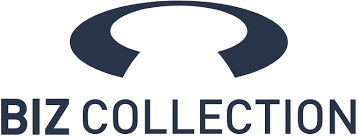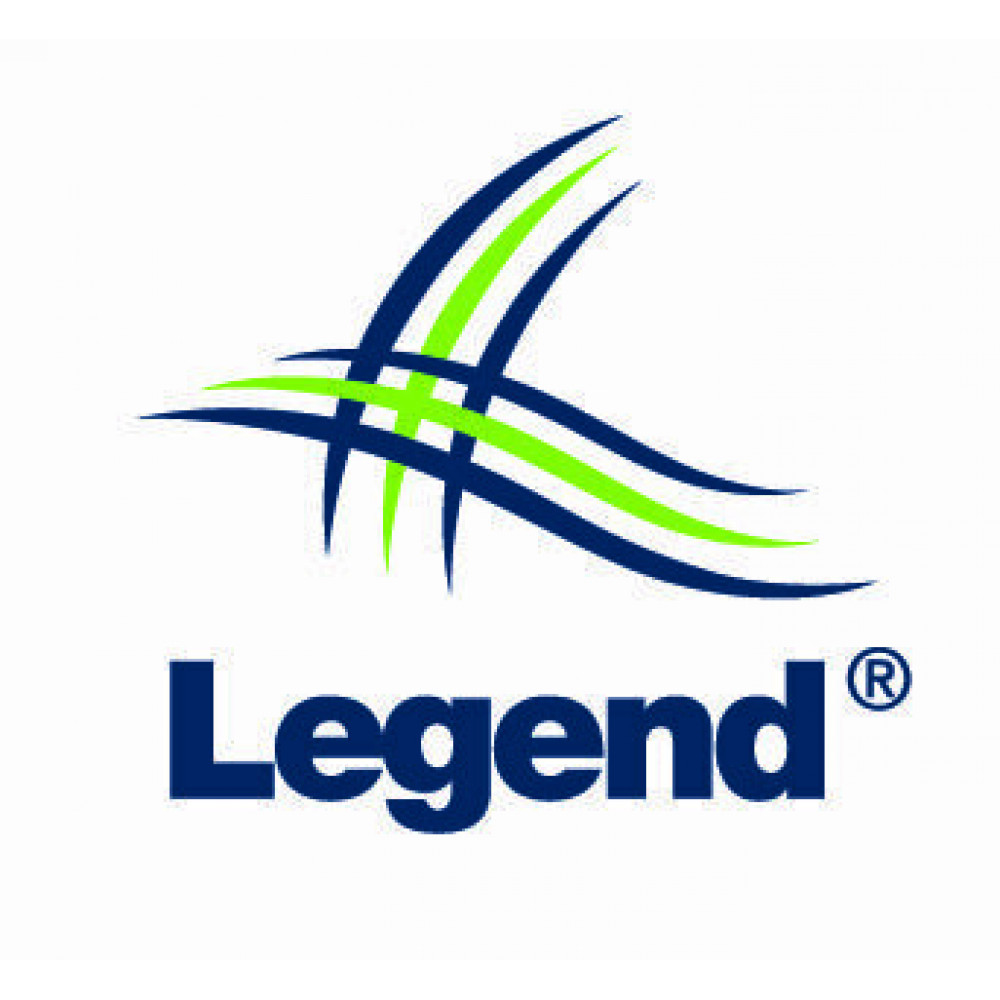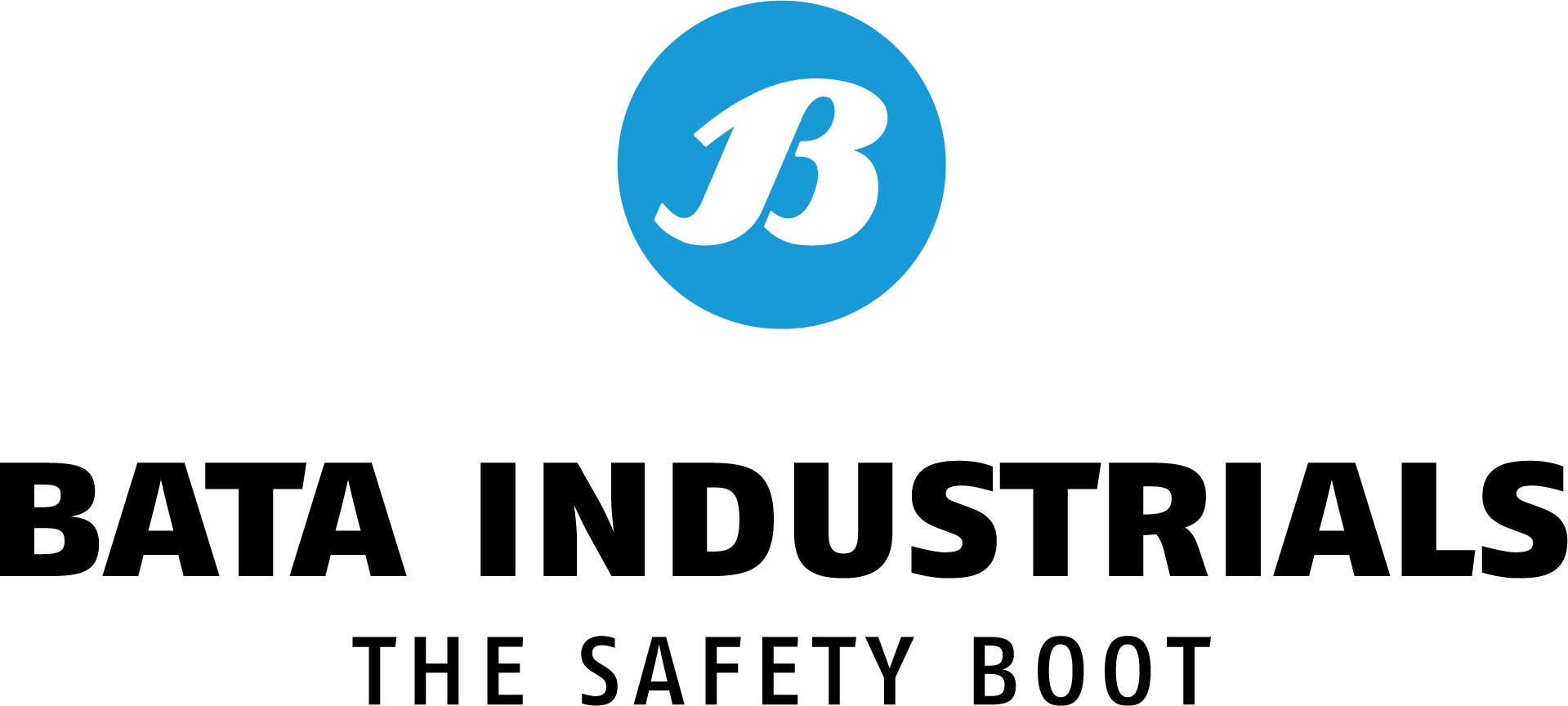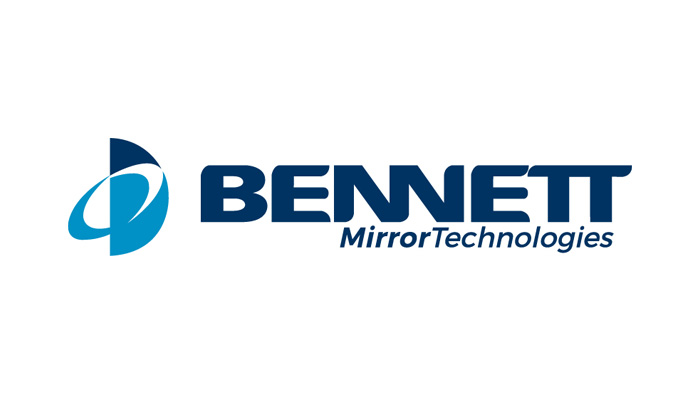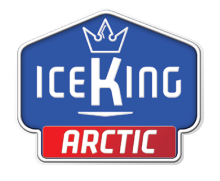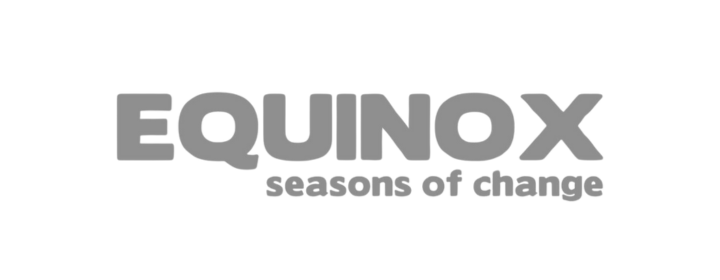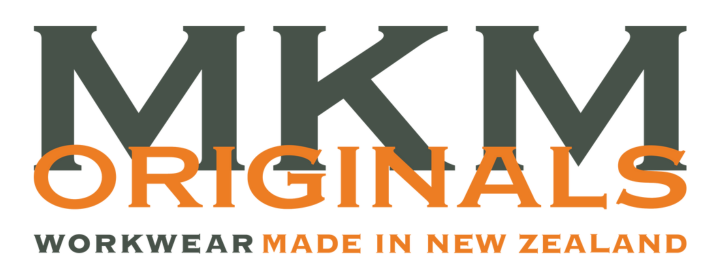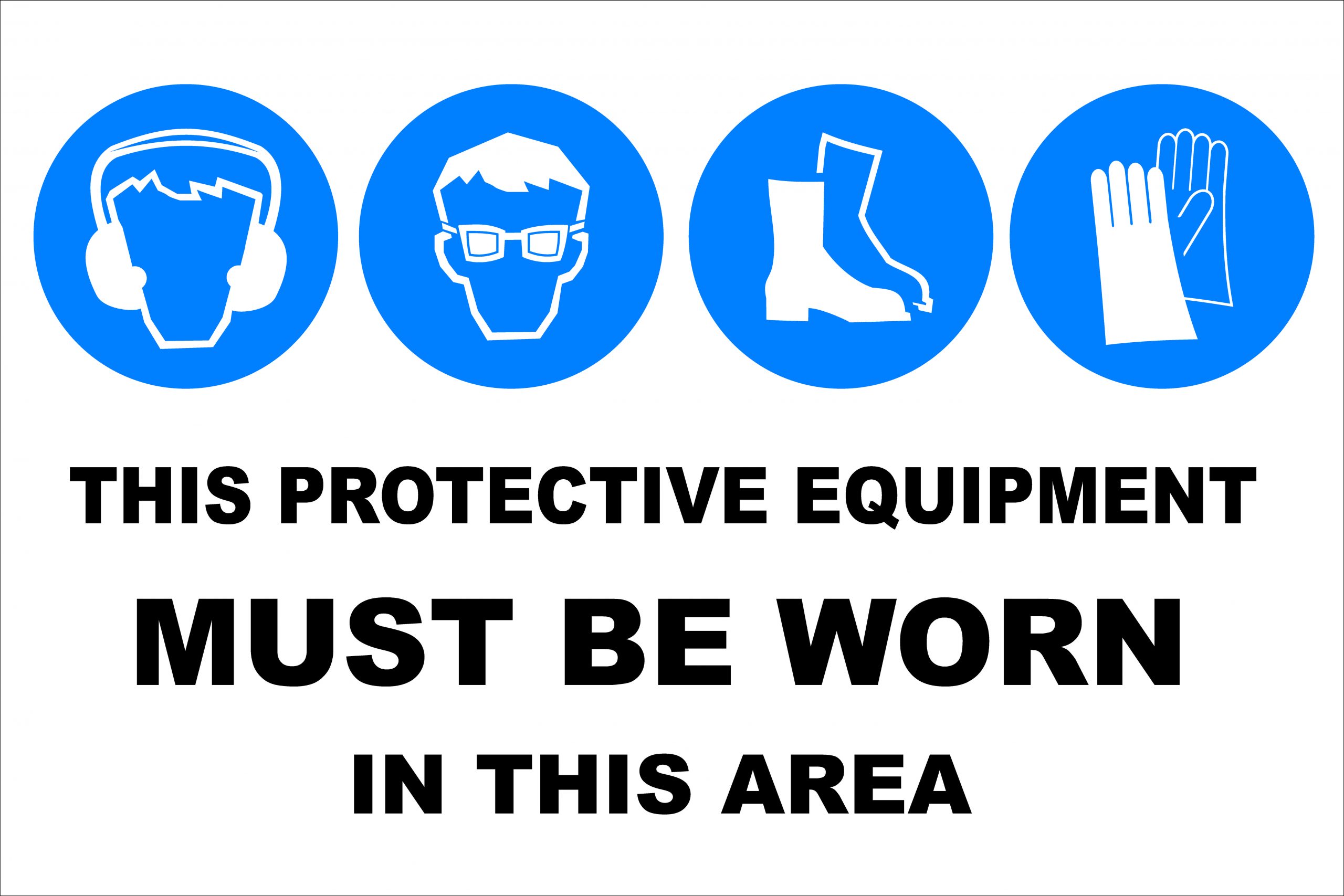How often should PPE be inspected?
Personal Protective Equipment (PPE) Workwear, plays a crucial role in workplace safety. It shields workers from various hazards, reducing the risk of injuries and illnesses.
However, PPE’s effectiveness hinges on its condition. Regular inspection is vital to ensure it remains in good shape and functions as intended.
But how often should PPE be inspected? The answer can vary, depending on several factors.
In this article, we’ll delve into the importance of PPE, the frequency of inspections, and how to conduct them effectively. Let’s ensure safety is always a priority in your workplace.
The Importance of PPE in the Workplace
Wearing PPE in the workplace is essential for employee safety. It serves as the last line of defense against various hazards. This protective gear minimizes the risk of serious injuries and illnesses.
Why is it important to wear PPE in the workplace? It prevents direct exposure to dangerous elements. Without it, workers are vulnerable to accidents and health risks.
Moreover, PPE compliance is often a legal requirement. Authorities mandate its use to maintain safety standards. Non-compliance can lead to fines and legal issues.
Proper use of PPE also enhances productivity. Workers are more confident and efficient when they feel protected. Their focus remains on tasks without fear of harm.
In summary, PPE is a vital component of workplace safety. It is important for protecting both employees and employers. Understanding its importance promotes a safer working environment for everyone.
Understanding PPE Inspection Frequency
Knowing how often PPE should be inspected is vital for safety. Inspection frequency ensures PPE remains functional and effective. It prevents the use of faulty equipment.
Inspection schedules depend on several factors. These include industry standards and specific risks present in the workplace. Manufacturer recommendations also influence how often PPE needs checking.
A general rule is to follow a tiered inspection routine. This involves frequent, regular, and periodic inspections. Each plays a part in identifying potential PPE flaws.
- Frequent Inspections: These occur before each use. Employees check for visible damage and ensure usability.
- Regular Inspections: Typically conducted weekly or monthly. They involve more detailed assessments of PPE functionality.
- Periodic Inspections: Performed quarterly or annually. They require thorough reviews by safety experts or professionals.
The frequency of inspections may also vary by PPE type. For example, respirators might need daily checks, whereas hard hats could be monthly. Adapting the frequency to meet specific needs ensures equipment remains reliable.
Employers must incorporate inspection schedules into their safety policies. Clear guidelines and checklists help maintain consistency in inspections. This detailed approach helps prevent costly workplace accidents and injuries. Regular PPE inspections not only protect individuals but uphold safety standards industry-wide.
Types of PPE and Their Specific Inspection Needs
Personal Protective Equipment (PPE) encompasses a range of items. Each serves a distinct protective function in the workplace. Knowing their specific inspection needs helps maintain their effectiveness.
Different types of PPE require varied inspection approaches. Regular inspections mitigate risks and enhance safety protocols. Understanding these requirements is crucial for employers and employees alike.
Each PPE type has unique vulnerabilities. Inspecting them thoroughly ensures early detection of defects. This proactive approach helps avert accidents and injuries.
Regular inspection is vital for PPE longevity. Proper care extends its life and ensures compliance with safety standards. Employers must emphasize consistent inspection practices.
Additionally, documentation of inspections is key. Keeping meticulous records tracks PPE conditions over time. It also aids in managing replacements and upgrades as needed.
Employee training on PPE inspections is essential. This equips them with the knowledge to spot potential issues. Proper training fosters a culture of safety in the workplace.
Inspection checklists are useful tools. They standardize the process and ensure thorough evaluations. These checklists contribute to efficient and effective PPE management.
Employers bear responsibility for PPE integrity. Ensuring routine inspections safeguard both employees and legal compliance. It underscores the importance of proactive safety measures.
Thus, regular inspections of PPE cater to safety requirements. They prevent faults and guarantee that equipment effectively serves its protective role. Investing time in inspections ultimately protects lives and assets.
Head Protection
Head protection is crucial for safeguarding against impacts. Helmets should be checked for cracks or fading. Regular inspection ensures they provide optimal safety.
Testing the helmet’s suspension system is also vital. This guarantees comfort and effectiveness. Routine checks maintain their integrity and safety function.
Eye and Face Protection
Eye and face gear protect against flying debris and chemical splashes. Ensure lenses are free of scratches. Clear visibility is critical for safety.
Check for tight and secure fittings. Damaged straps compromise protection. Regular checks prevent faulty equipment from endangering users.
Respiratory Protection
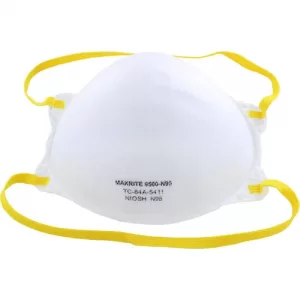
Respirators shield from harmful fumes and particles. Ensure face seals are intact. Any leaks can render them ineffective.
Filters must be inspected and replaced frequently. A blocked filter can restrict airflow, compromising protection. Consistent maintenance is essential.
Hand and Foot Protection
Gloves must be free of tears or punctures. Even small damages impact performance. Check gloves before each use.
Inspect footwear for sole wear and proper tread. Slips and falls can occur without adequate grip. Regularly check for any visible damage.
Full Body Protection
Full body suits shield against hazardous substances. Inspect seams and closures thoroughly. Any breach could be dangerous.
Assess reflective strips for visibility, especially in low-light areas. Maintaining these features ensures workers remain visible and safe. Proper inspection is key to safety.
How to Properly Inspect Your PPE
Proper inspection of PPE begins with a visual check. Look for signs of wear, such as frays or cracks. These can signal that the equipment is no longer safe.
Next, focus on the functionality of each item. This includes testing mechanical parts, like clasps and straps. Ensuring they work smoothly prevents unexpected failures during use.
Don’t overlook the small details. Inspect seams, closures, and fasteners. Even minor imperfections can affect the performance of your PPE.
It’s important to clean your equipment regularly. Dirt and debris can conceal damage, leading to overlooked safety issues. Cleaning improves the lifespan and effectiveness of PPE.
Consider documenting each inspection. This creates a trackable history of the PPE’s condition. It also helps identify patterns of wear and the need for replacements. Consistent record-keeping is an essential part of a robust safety protocol.
Training and Record-Keeping for PPE Inspection
Training is essential for effective PPE inspection. Employees must learn the correct techniques. This ensures equipment remains reliable.
A structured training program covers inspection methods and frequency. It also informs employees about recognizing common defects. Knowledge boosts confidence and safety.
Record-keeping supports ongoing PPE management. Documenting inspections helps track equipment lifespan. This data is invaluable for decision-making.
Maintain records with consistency and precision. This practice provides clear evidence of compliance. Use the following to guide your record-keeping:
- Date of each inspection
- Identified issues and corrective actions
- Inspector’s name
- Equipment condition
- Scheduled maintenance or replacement dates
Effective training and meticulous records form the backbone of workplace safety. They ensure PPE is used to its full protective potential.
The Role of Employers and Employees in PPE Inspection
Employers hold a critical responsibility for PPE. They must ensure that all equipment is available and in working order. This duty includes facilitating timely inspections.
It’s equally important for employers to provide ongoing training. Employees need to know how and when to inspect their PPE. Comprehensive education empowers workers to act confidently.
Employees play an active role in inspection processes. They are the first line of defense in identifying PPE issues. Their vigilance can prevent potential hazards.
Collaboration between employers and employees fosters a safety-first culture. Regular communication about PPE issues ensures swift resolutions. Together, they contribute to a safer workplace environment.
Conclusion: Maintaining a Culture of Safety
Regular PPE inspection is crucial for workplace safety. It ensures that all equipment functions correctly, reducing risks and accidents. By maintaining a routine, everyone contributes to a safer environment.
Instilling a culture of safety involves both awareness and action. Continual training and transparent communication are key. When safety becomes a collective priority, everyone benefits.

